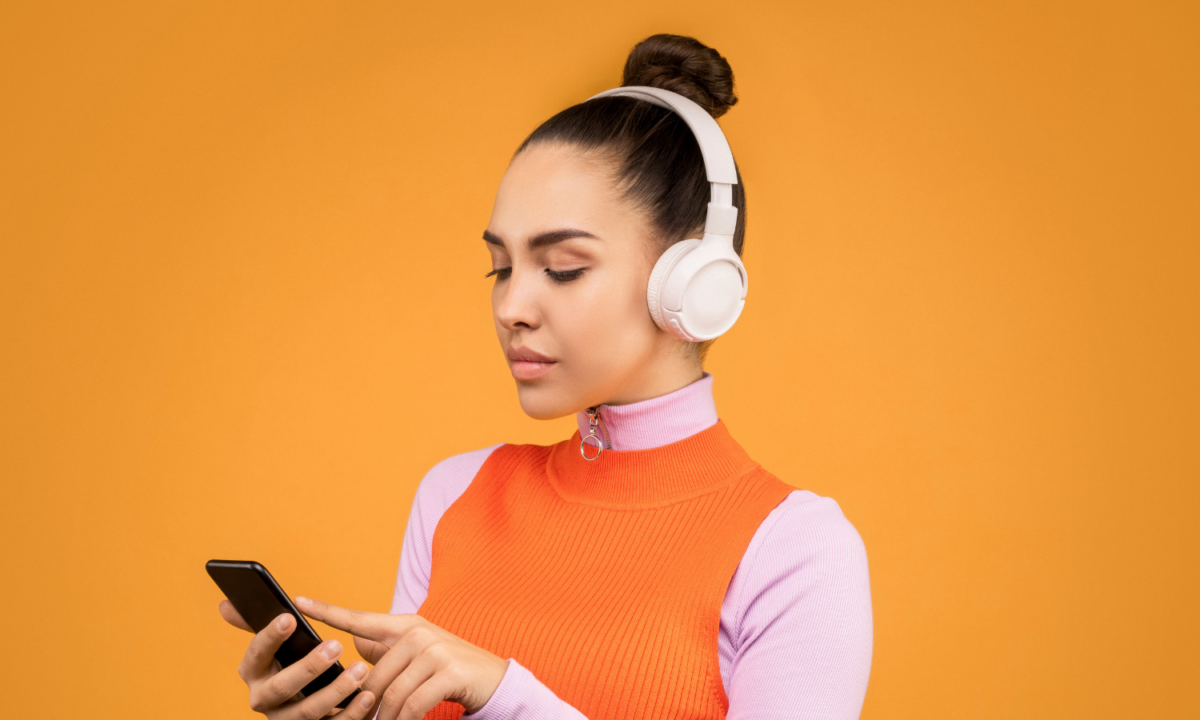When jācapps introduced its first mobile app for radio close to a dozen years ago, most people thought we were nuts. In late 2008 apps were a novelty. The two leading apps in the iTunes App Store were the Zippo Lighter and iFart. You can imagine the questions we got from broadcasters.
At the time that mobile technology was introduced, broadcasters were still suspicious of streaming. It was disruptive, expensive, and foreign, and since we were in the throes of the Great Recession, many were reluctant to jump into the pond.
Between then and now, it’s become pretty standard for radio stations to have a mobile app as streaming by listeners has grown steadily each year. Broadcasters recognize the necessity of having an app, but for some, the reluctance remains.
Until now.
As more Americans are working from home, the way they consume audio content, including radio, has shifted dramatically. They are spending significantly less time in their cars, and while working from home or schooling their children, streaming audio, especially radio, via a mobile app, website, or smart speaker has become more popular.
According to a recent article in “Inside Radio” the percentage of AM/FM listening taking place online hit 10% in May, with Triton reporting Total Listening Hours to AM/FM streams up 16% year-over-year. So now with Nielsen recognizing this shift and adjusting ratings to account for headphone listening, having a great mobile app is no longer a “check the box” investment, but a key aspect to the way radio connects with its audience.
Your stream is now central to the delivery of your content, and things like mobile apps and smart speaker skills are an essential way radio stations compete and grow their audience, and stations without them are at a significant disadvantage.


